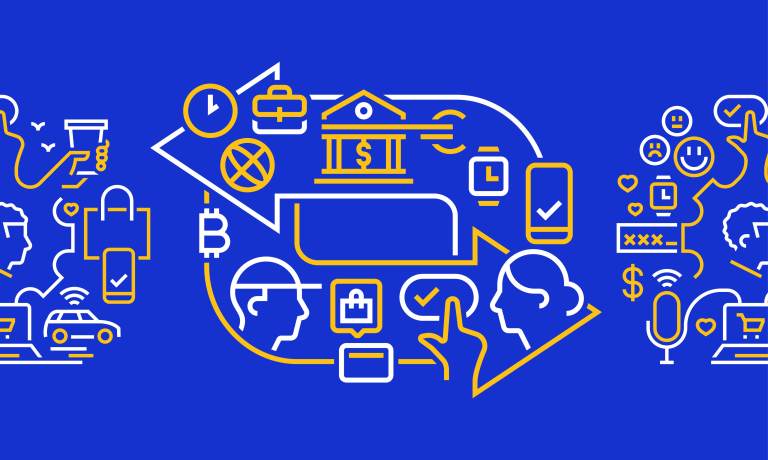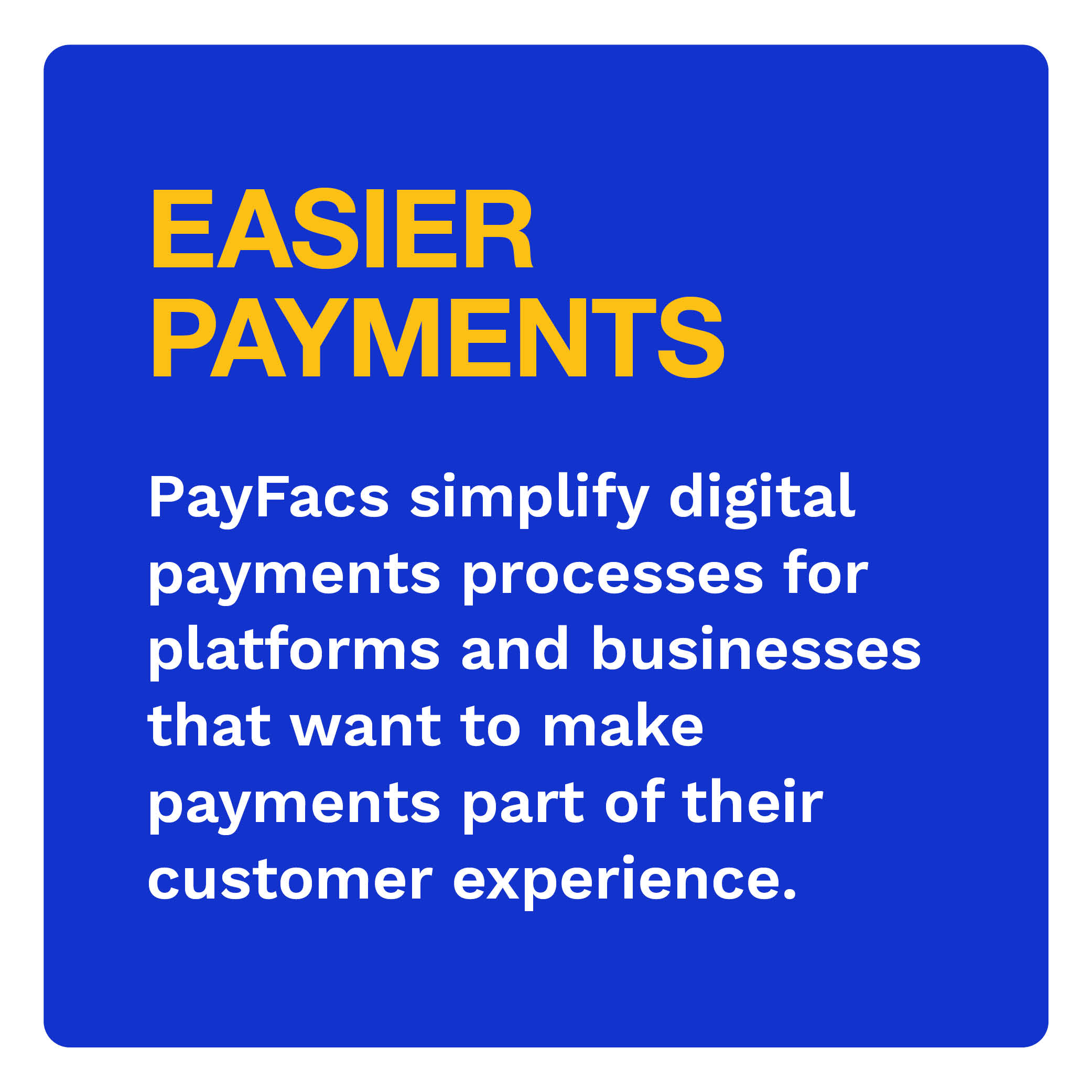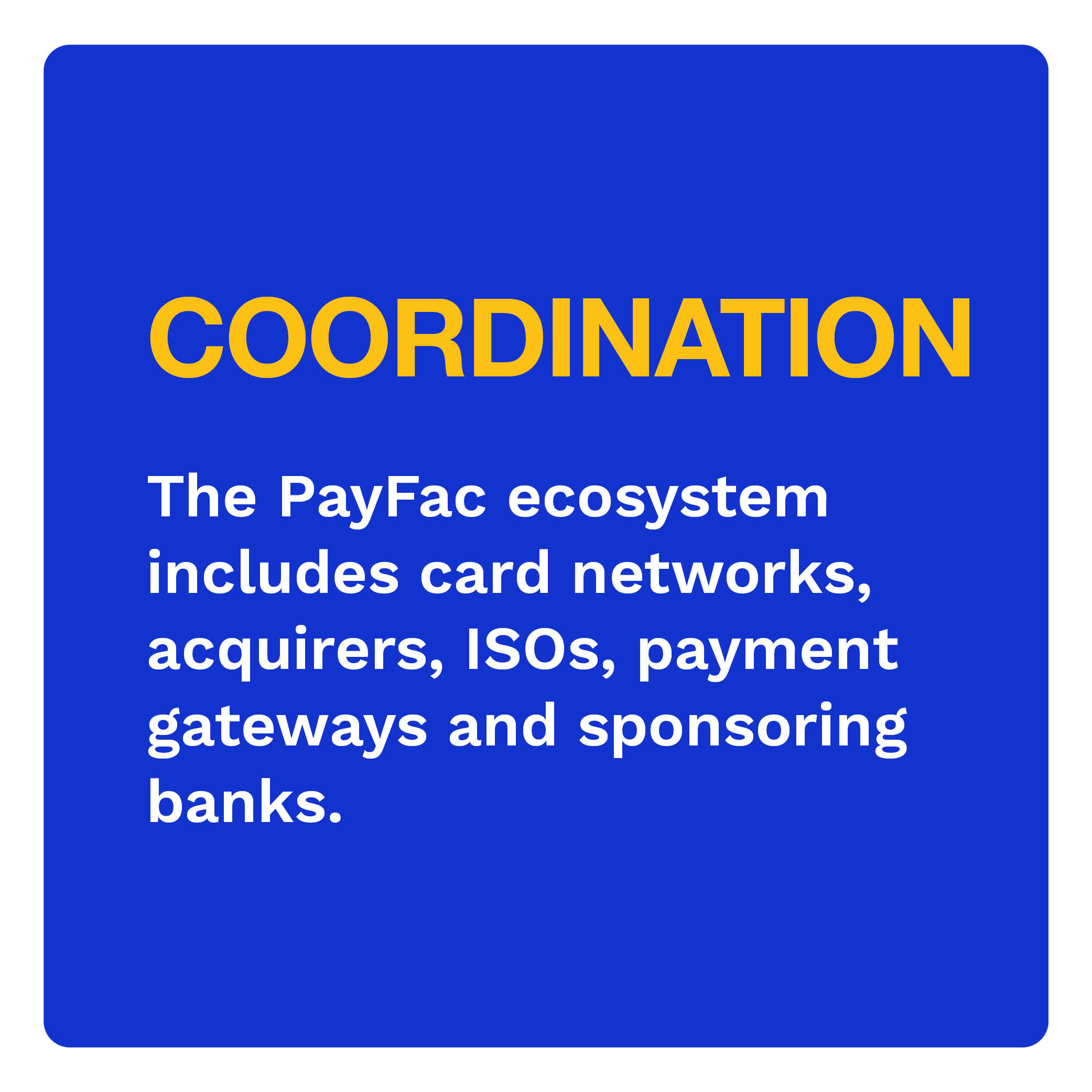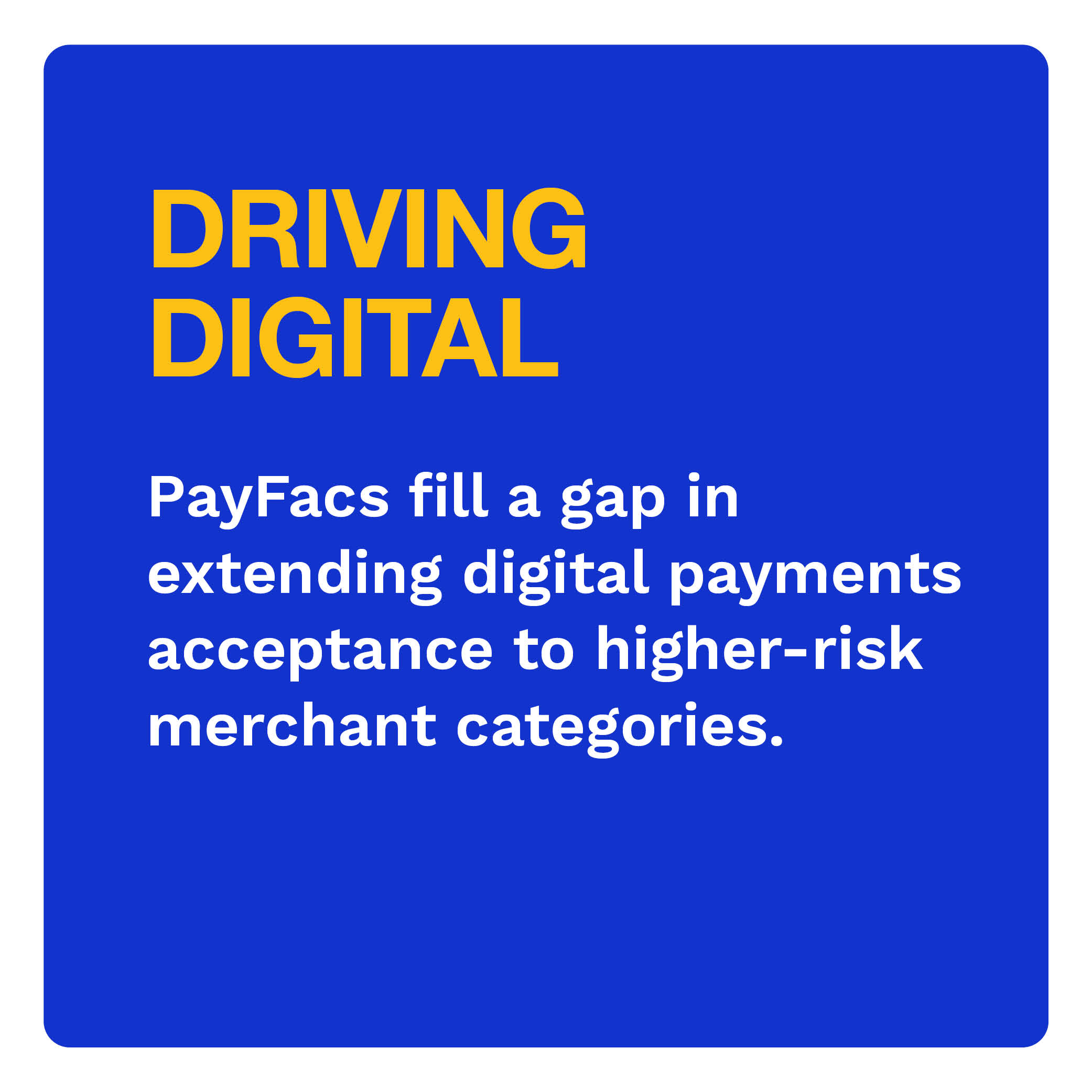How to PayFac: What Software Platforms Need to Know


The merchant acquiring model has undergone many changes since the introduction of the first general-purpose credit card in 1958. Back then, acquiring banks were responsible for finding merchants and signing them up to accept consumer payments using those cards.
 In the 1990s, independent sales organizations (ISOs) stepped in to enroll merchants. The advent of payment gateways in the late 1990s helped smaller merchants bring their businesses to the Internet but added an element of complexity: Payment gateways were the online version of ISOs, signing up online merchants and enabling them to accept digital transactions.
In the 1990s, independent sales organizations (ISOs) stepped in to enroll merchants. The advent of payment gateways in the late 1990s helped smaller merchants bring their businesses to the Internet but added an element of complexity: Payment gateways were the online version of ISOs, signing up online merchants and enabling them to accept digital transactions.
Now, payment facilitators (PayFacs) have stepped in. PayFacs are the next evolution in the model of acquiring merchants and accepting payments, solving the small merchant problem and accelerating the acceptance of digital payments among these small physical and online merchants.
“How to PayFac,” a PYMNTS Intelligence and Visa collaboration, demystifies this key system that enables small to mid-sized businesses (SMBs) to process digital payments. The report explores PayFacs’ history, the benefits and responsibilities of being a PayFac and the different types of PayFacs that have emerged throughout the years.
 By becoming a PayFac, entities can improve their customer experience and payment economics.
By becoming a PayFac, entities can improve their customer experience and payment economics.
The greater volume of transactions that occur when a PayFac centralizes smaller merchant sub-accounts enables the PayFac to negotiate better fees with card networks and acquirers. Additionally, PayFacs can capture a greater share of processing fees and monetize value-added services. Merchants also benefit by receiving an expanded suite of services, allowing them to offer customers less payments friction.
With PayFacs, one size does not fit all, and different types of PayFacs have emerged throughout the years.
For example, aggregators facilitate transaction processing and other merchant services for SMBs. Business software platforms typically solve a business problem for a merchant, such as appointment scheduling. They aid those that want to embed payment services into their software to capture new revenue streams. 
Moreover, the rise of the connected economy has made it easier for platforms and marketplaces to leverage their scale to enter adjacent sectors, adding to the complexity of merchant onboarding, servicing and compliance. Connected ecosystem PayFacs can help in these situations.
The PayFac ecosystem is still evolving, but opportunities for embedding payments inside cash- or check-based digital or physical ecosystems are enormous.
Many different entities see an opportunity to embed payments and payment services into the workflow as a complement to their core business. For example, appointment software for spas and salons or a food delivery aggregator may want to enable customers to make payments within the workflow associated with booking an appointment or placing an order. These integrations help end customers and PayFacs.
PayFacs are evolving the world of payments across the board. Download the report to learn about the PayFac ecosystem and how it is evolving and creating opportunities in the payments world.